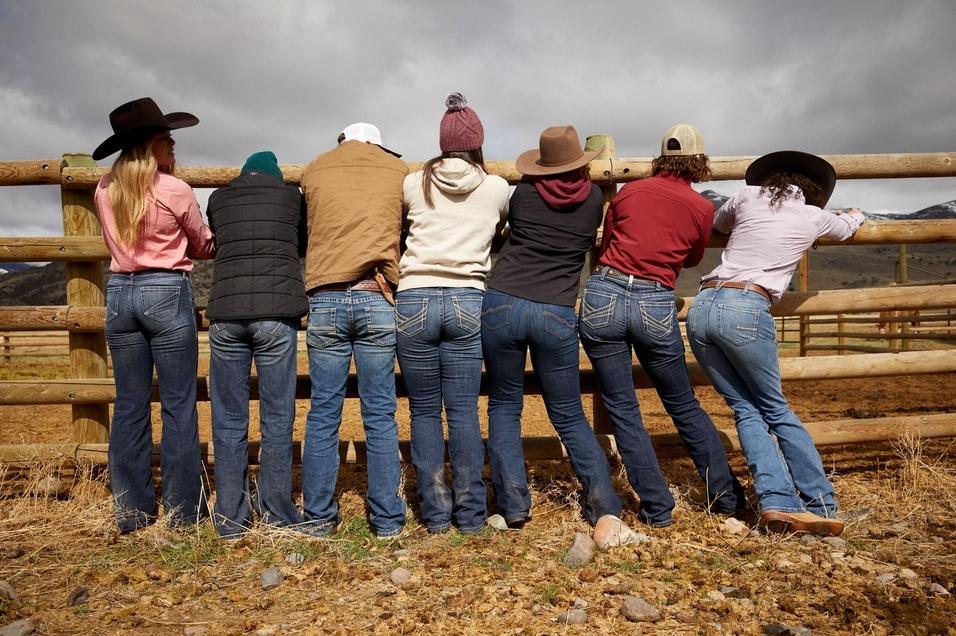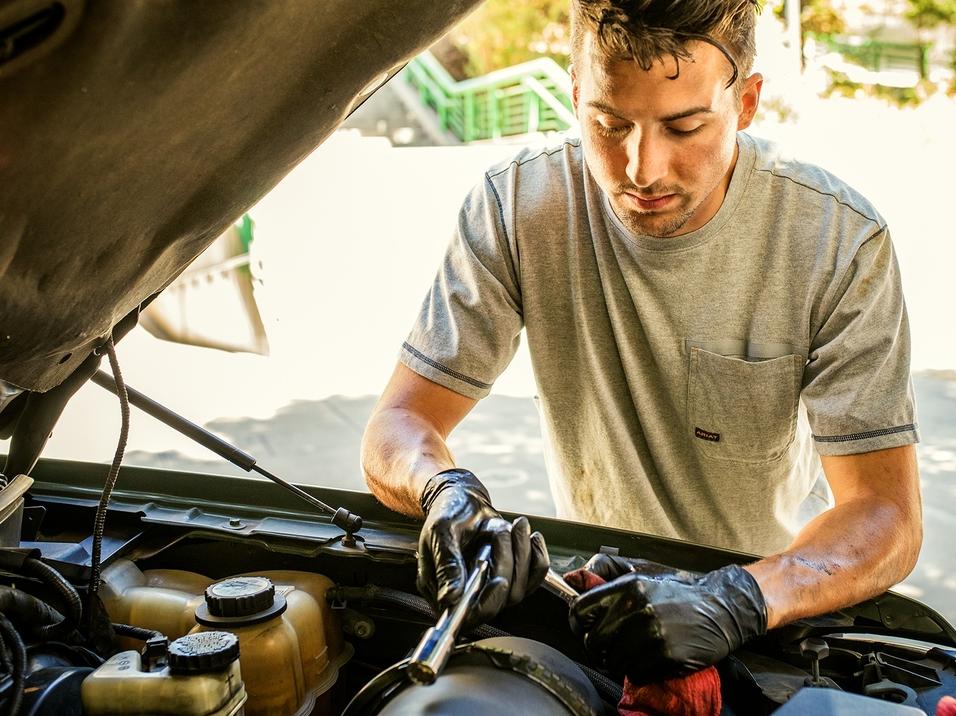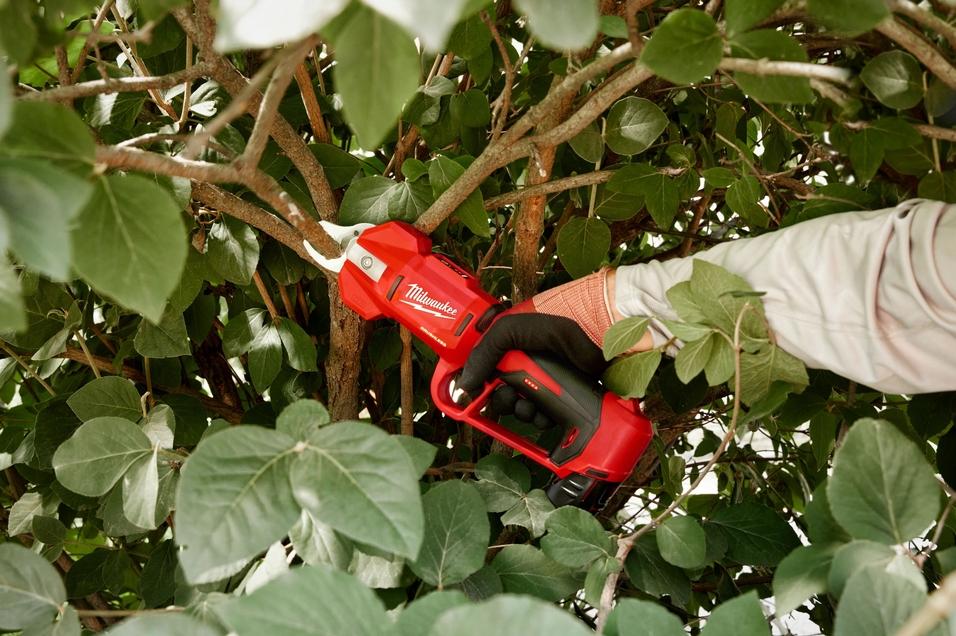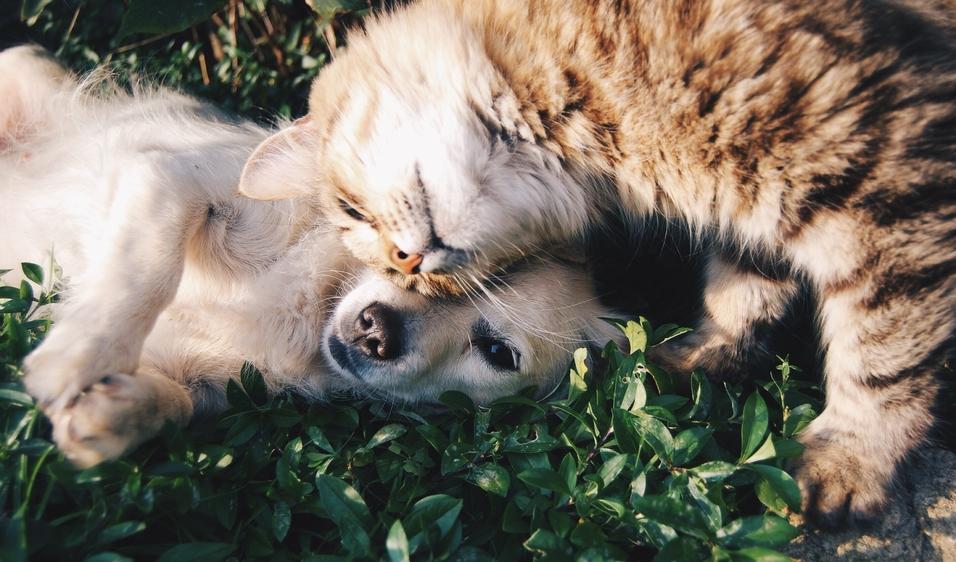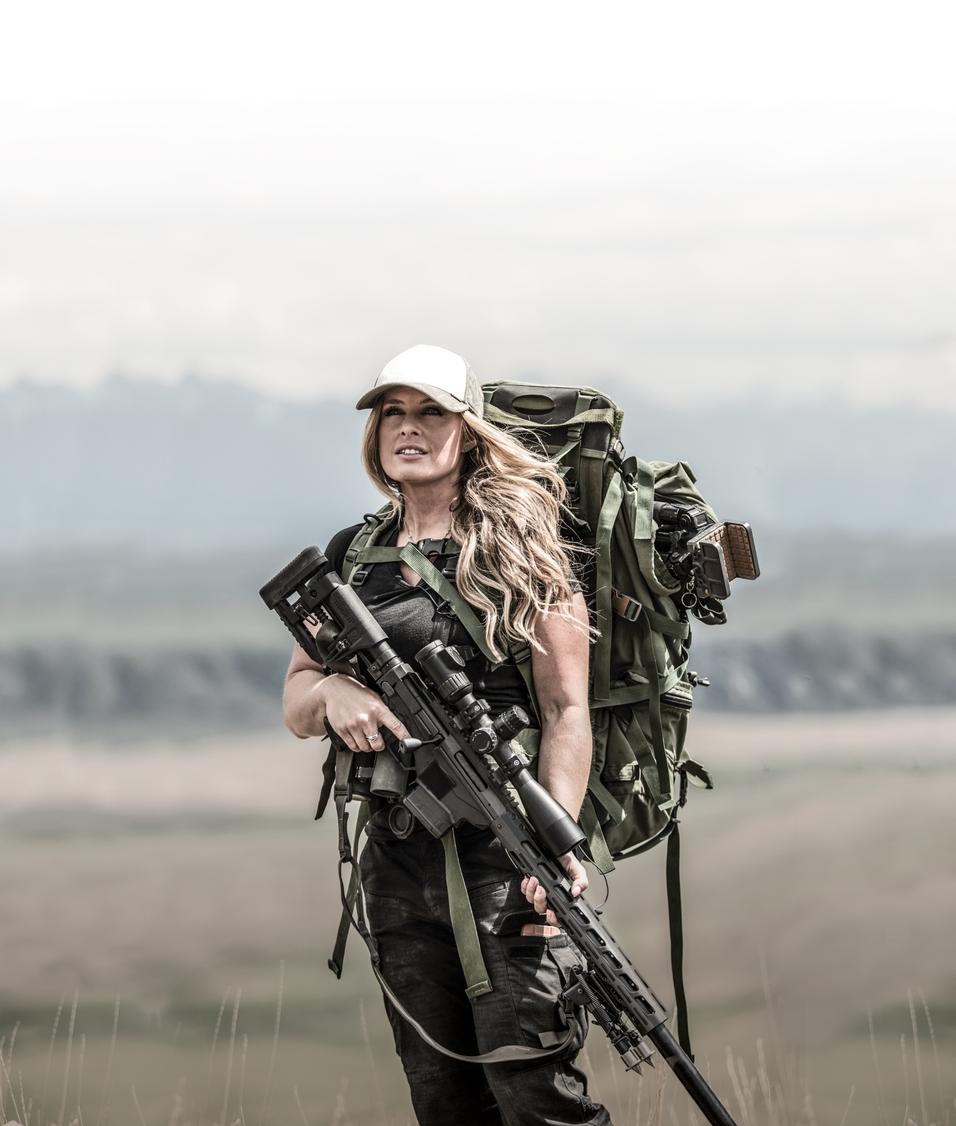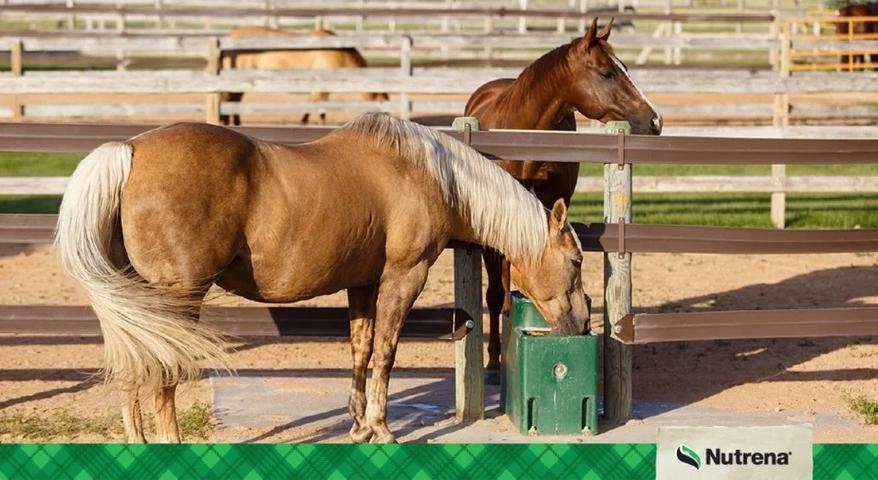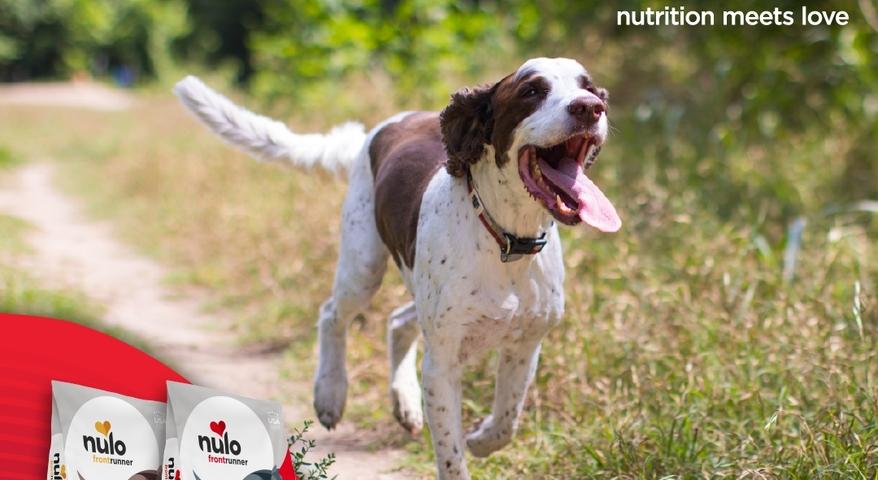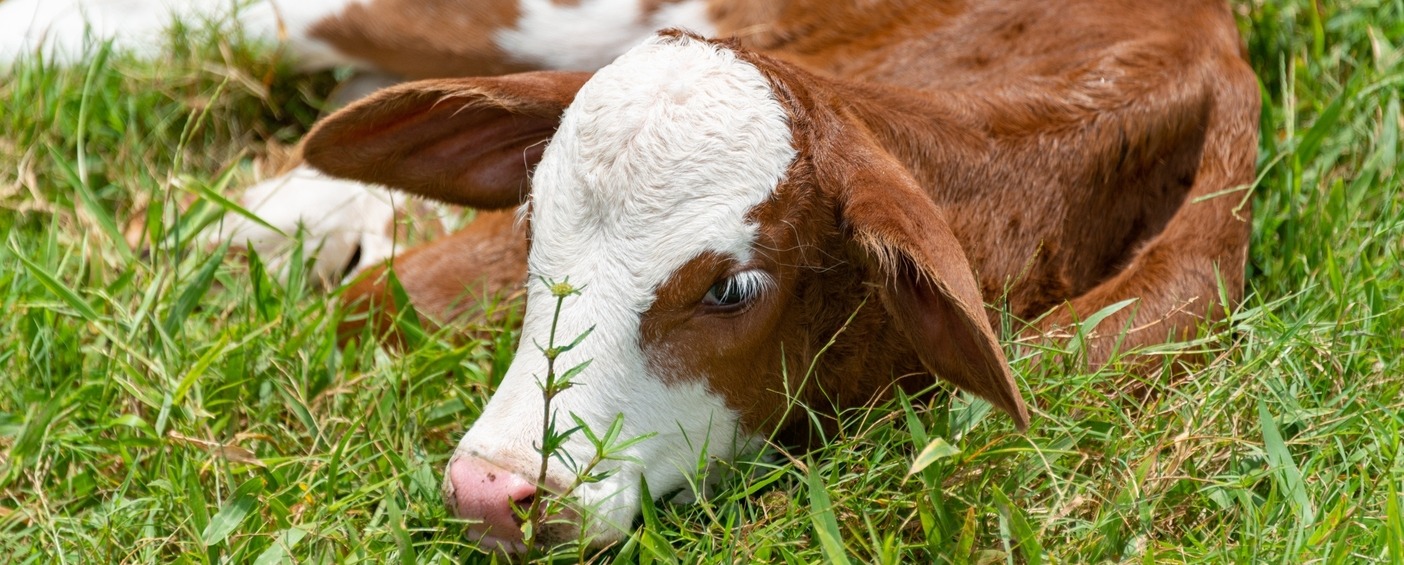
Feb 23, 2023
How The Other Calf Lives
Tips For A Smooth Calving Season
The most important day of a calf’s life is the first one. There are some key factors that play a role in whether or not a baby calf gets off to a good start and research has demonstrated that the first 24 hours of life are critical in order for a calf to survive to wean and beyond.
INTERVENTIONS – FOLLOW-UP CARE IS IMPORTANT
Dystocia, or calving complications, poses a health risk for both the newborn calf and the mother cow. Dystocia can be partially managed with careful breeding and culling practices, proper nutrition, and by managing for a body condition score of 3 (on a scale of 1-5) before calving, but difficult deliveries can still occur.Every scenario is different, however, once a water bag appears the calf should hit the ground within one hour for cows, or up
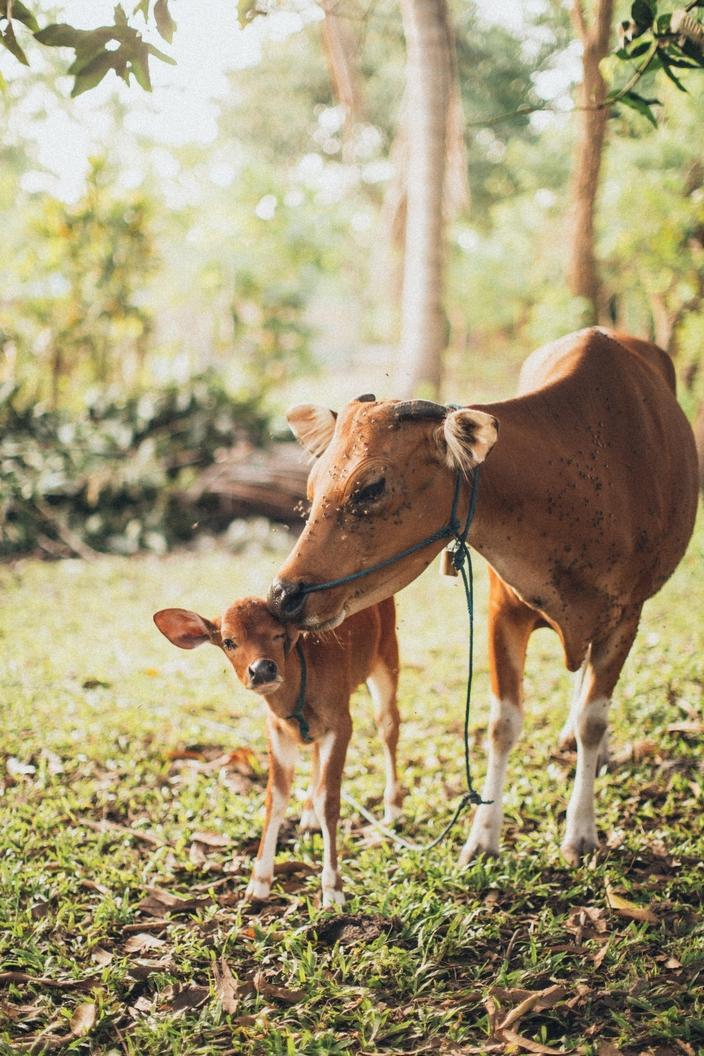
Calves born with assistance are less likely to drink colostrum – that first, rich milk newborns require – on their own. Assisted calves are more likely to have reduced vigor or be mothered and need proper care and attention to increase their survival ability.
- If a calf is born with assistance, DO NOT hang the calf upside down. Instead, place the calf in the recovery position to keep the airway open and better enable it to start breathing.
- Both the mothering cows and calves may benefit from pain medication following a difficult delivery. Administering an NSAID, like meloxicam, can help to promote recovery, improve appetite, and lead to better milk production. If a calf’s pain is managed, it will be more comfortable and are more likely to get up and stay active, start nursing, and stay warm.
- Assess a calf’s vigor by testing for a suckle reflex. Place a finger or two in the calf’s mouth and gently tickle the roof of its mouth. If a calf has a strong suckle reflex within 10 minutes of birth, it will have a better chance of nursing the cow on its own without assistance. A calf with a weak suckle reflex will need monitoring and likely colostrum supplementation. A dazed or weak calf can be resuscitated. To stimulate a calf, rub the chest vigorously, poke a clean straw into its nostril, or dribble a small amount of cold water in a calf’s ear.
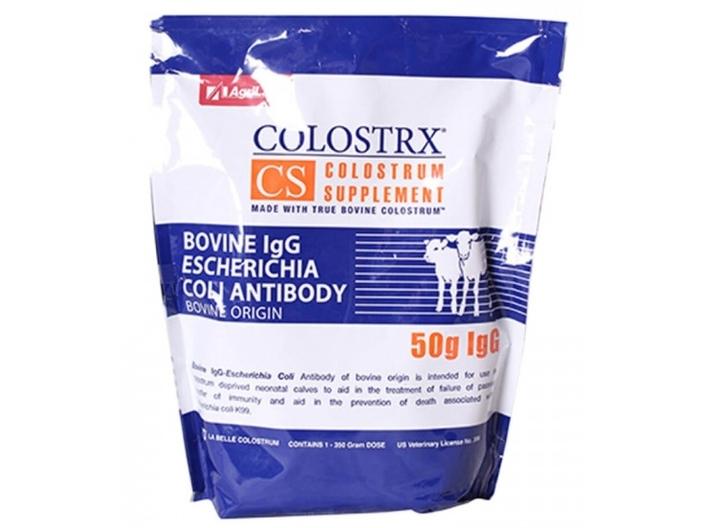
Producers should pay attention to whether or not they see a baby calf nurse & its mother. Look to see if the cow’s teats have been sucked, feel the calf’s belly to see if it is full, or look at its hooves to see if the soft, rubbery capsule has been worn off, an indication that it has been standing up. If it does not look like the calf has what it needs or it appears weak or dull, the following are some supplementations to consider:
- The best source of supplemental colostrum is from within your own herd. The freshly calved cow can be milked, or colostrum can be collected from another cow on your farm and frozen for up to one year.
- Never microwave colostrum, which can “cook” the antibodies and render them useless. Instead, place the bag of frozen colostrum in a bowl of warm water so it can gradually increase in temperature.
- Powdered colostrum is an option if fresh/frozen colostrum is unavailable. Read the package to determine if the product is a “replacement” or a “supplement.” Supplements contain fewer grams of IgG per liter so two packets may be required to meet the needs of the calf
- Veterinarians recommend feeding calves anywhere from a minimum of 100 grams IgG up to 200 grams IgG.
- Avoid colostrum sourced from other farms, to prevent bringing unwanted diseases to your herd.
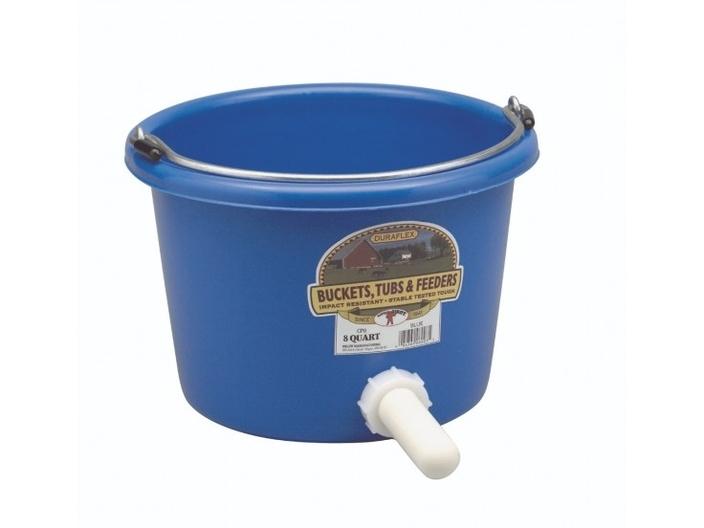
- When administering colostrum, bottle-feeding is better than tube-feeding. A bottle will support the calf’s suckle reflex, ensuring the optimal amount of antibodies is absorbed in the calf’s gut.
- Tube feeding is better than nothing, however, it places the milk directly into the rumen, which does not allow for maximum absorption.
- Use separately marked tubes or bottles for feeding colostrum and treating sick calves. This will prevent newborn calves from being exposed to the disease.
- Clean and disinfect bottles and tubes after each use.
DISEASE PREVENTION – KEEP THE CALVING AREA CLEAN
The most effective way to manage disease in young calves is to manage the “disease balance” If calves aren’t exposed to bacteria and viruses that cause common calf diseases such as scours, septicemia, pneumonia, or navel ill, their risk of infection is going to be minimal.- Disease outbreaks are less common when cattle are spread out so if possible, reduce confinement.
- For producers calving on pasture, provide ample space for expectant cows, then move pairs to fresh ground. This is referred to as a Sandhills calving system.
- When calving in a corral, the principle of providing a clean environment remains the same. Provide lots of fresh, clean bedding. This also helps ensure that cows’ udders are kept clean and dry.
- Clean pens regularly.
- Disease-causing bacteria can lurk in common areas such as creep feeders, wind shelters, or warmers. Ensure permanent structures are kept clean and well-bedded. Move portable feeders and shelters often.
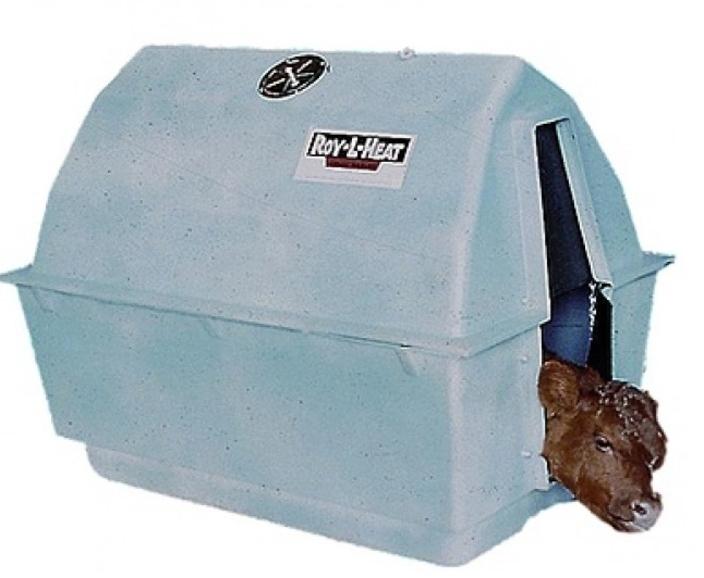
- Isolate and treat sick calves to prevent them from infecting healthy calves.
- Talk to your veterinarian as Antibiotics may also be necessary.
Providing effective support for difficult deliveries, ensuring calves receive adequate colostrum, and keeping calving areas clean will allow producers to optimize the health, well-being, and profitability of this year’s calf crop.
Shipton’s Big R Your Calving Headquarters
Shop WarmersShop Bottles
Shop Tags
